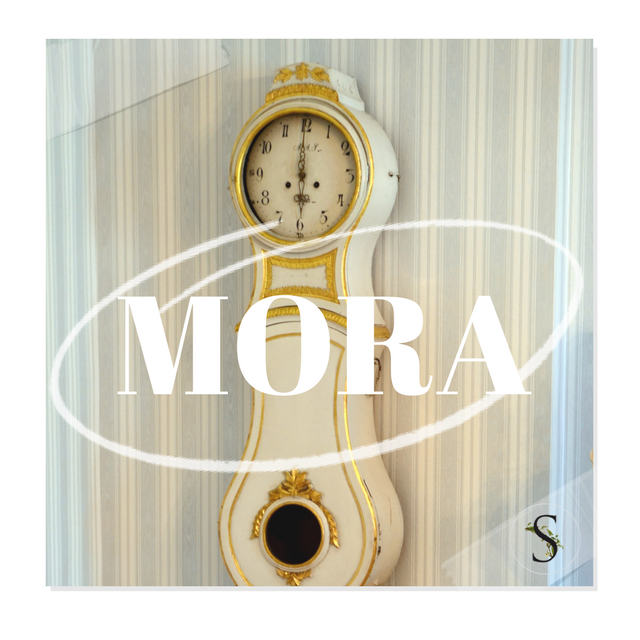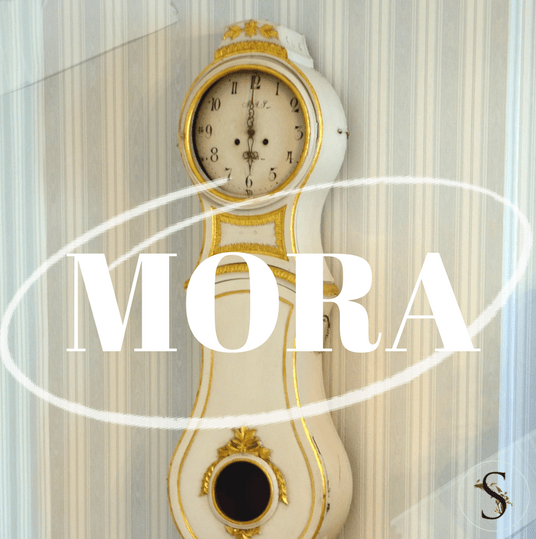
Original Transition Mora Clock 1764 This clock has a beautiful face and has inscriptions “A. A. S.” (for Krång Anders Andersson (1727-1799) of Östnor,) and “Mora”. Finely chased bronze hands. The body is in the transition style (between Rococo and Gustavian) made of soft wood and has a cream and gold patina.
Antique Swedish Clock circa 1830- This early 19th century Swedish longcase clock has an off white finish with oriental style decorative elements to the case. The brass 8 day clock
workings are key wound with weights driving the time and strike trains. The dialis accessed through a glazed and hinged door at the top. Access may be gained tothe pendulam and weights through a point in the front of the case. Jefferson West Inc. $6,500
workings are key wound with weights driving the time and strike trains. The dialis accessed through a glazed and hinged door at the top. Access may be gained tothe pendulam and weights through a point in the front of the case. Jefferson West Inc. $6,500
Paint and Parcel Gilt Mora Clock Sweden 1840– Paint and parcel gilt tall case clock, called a Mora clock in reference to the Swedish city of Mora where these clocks were
first designed and built in the 18th century. This particular clock was built during the second quarter of the 19th century. Garden Court Antiques
first designed and built in the 18th century. This particular clock was built during the second quarter of the 19th century. Garden Court Antiques

